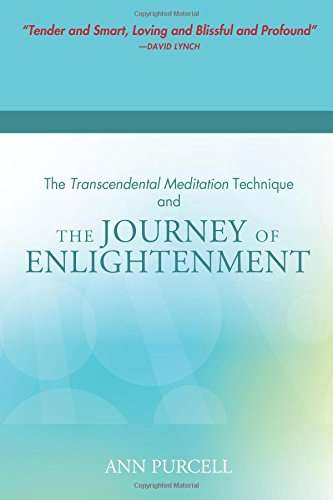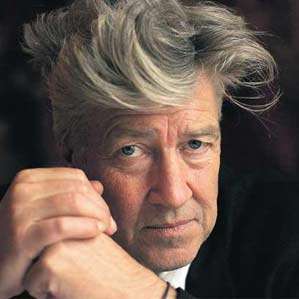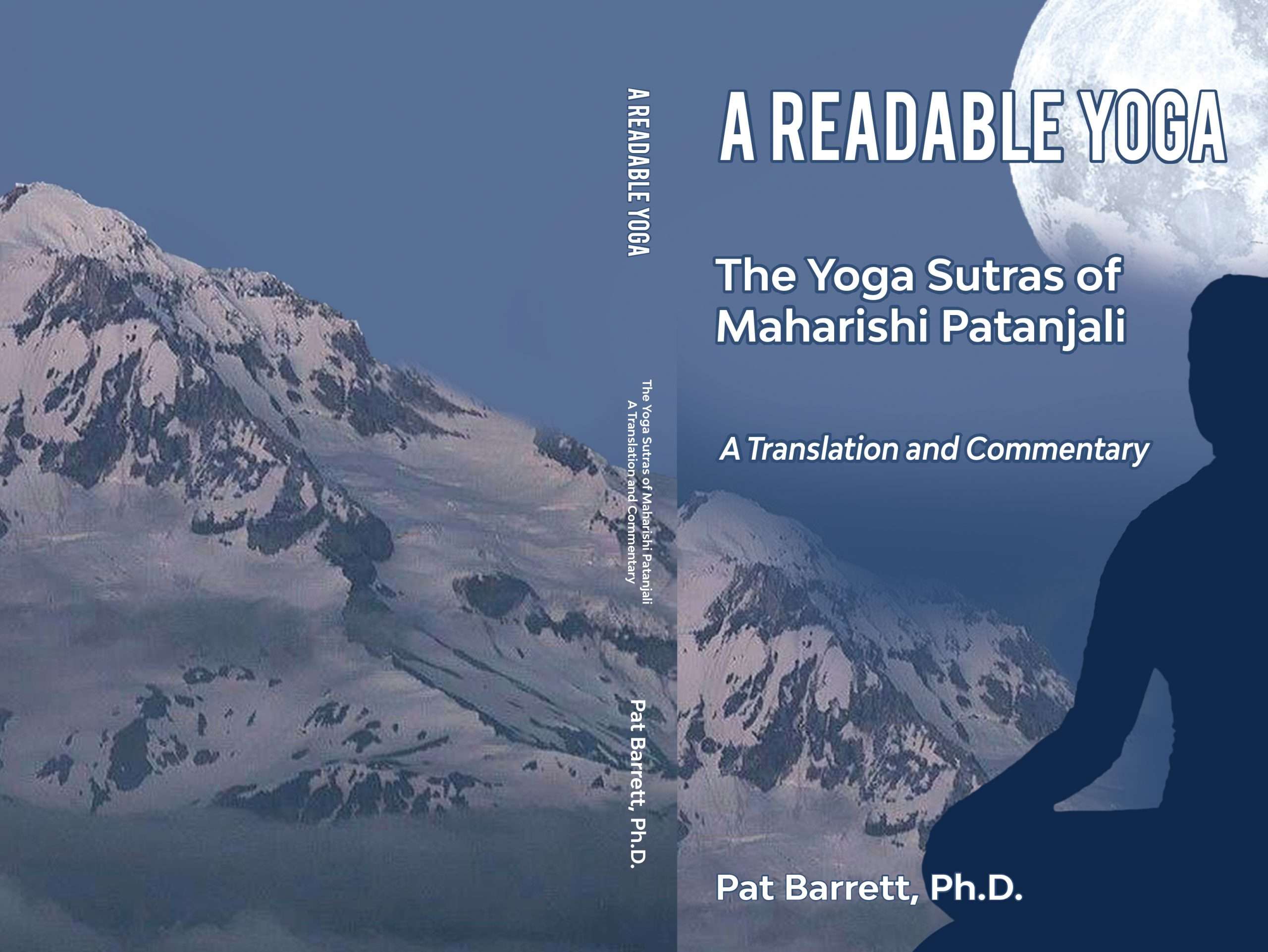Enlightenment has long been regarded as a state reserved for a few rare individuals, a state that can only be gained by living as a recluse in a cave or in a monastery. To have even the slightest chance at reaching lasting peace and deep wisdom, you have to give up all worldly possessions and lead an austere life, no?

Containing a New Chapter!
The Transcendental Meditation Technique and The Journey of Enlightenment .
By Ann Purcell.
184 pages. 2015
The book is available on Amazon.com
A knowledgeable companion for the journey
Ann Purcell debunks all these false assumptions in her new book, The Transcendental Meditation Technique and The Journey of Enlightenment.
By relating her own experiences and those of Transcendental Meditation practitioners throughout the world, Purcell lays before us the secret to personal fulfilment, spontaneity, inner peace and balance. She deftly explains the how’s and why’s so that every person around the globe could experience this amazing path to enlightenment.
For the bottom-line here is that the state of unbounded bliss is available to every single one of us, no matter what our race, religion, or socio-economic background.
“I’m sure you have had the following experience when taking a walk on a quiet summer evening,” Purcell explains.
“At first you do not notice any silence at all—you hear the sound of our footsteps, or you have many thoughts going around in your head. Then you come to a park bench and decide to sit down for a little while. After sitting for a minute, you become aware of the silence around you. Then after a few more minutes in that silence, you begin to hear crickets chirping in the distance, the leaves rustling in the wind, or the gentle rolling of the ocean.”
“This common experience is similar to the experience of transcendental consciousness. In the beginning, one may not notice the silence of the transcendent, but soon one begins to “hear” the stillness inside. After some time of practice, as perception becomes more refined, one begins to notice that the silence is alive—vibrant—with very subtle frequencies of sounds.” (p. 106)
Silence which is alive and vibrantly creative
The Transcendental Meditation Technique and The Journey of Enlightenment is a sweet and personal, yet overarching account of what force of transformation Transcendental Meditation can be for an individual and for the society.
It also sparkles in its diversity of styles and tones used.
One of the very special features of this book is that Purcell uses poems to further communicate the essence of what she is saying. This is a delightful means to evoke emotions and images in a way other than prose, and it definitely adds weight to what is being said.
Most of the poems used in the book are written by Ann Purcell herself, reflecting her experience in various stages of her practice of Transcendental Meditation. Besides conveying ideas, her poems also serve as proof of her point that transcending helps to access the reservoir of creativity. After all, it was only after taking up the practice that she began writing poems and songs, with ideas for each just pouring into her…
My breath has become breathless
as I merge with the stillness of the gentle hour—
the holy time is hovering everywhere
my heart no longer beats yet has a power
of purest love flowing here and there.
I feel fully blossomed like a flower
dancing in the evening air.
The universe, my soul, my mind
are one harmonious song that shares
the sweetness—the rhythm beyond all time.
(p. 77)

Written to benefit both beginners and expert meditators
If you have already practiced Transcendental Meditation for some time, you probably walk outside and each cloud in the sky is breathtakingly beautiful to you. Breeze that brushes your cheeks is a heart-warming embrace. You have fallen in love with doing dishes. And it might be that you don’t even think anymore about the time when simple things in life were perhaps not so enjoyable.

One of the benefits of reading Ann Purcell’s The Transcendental Meditation Technique and The Journey of Enlightenment is that the book will remind you just how much your life has changed as a result of your daily meditation. Throughout the book, Ann Purcell revisits the time before she took up the practice of the TM technique, and reflects on how her outlook on life has dramatically changed.
For a person who is still considering learning TM, Ann Purcell’s main message is the following: happiness and bliss are not unreachable goals.
You do not have to give up your normal everyday life to experience enlightenment. Rather, as Ann Purcell explains, it is the innate natural quality of each human to be enlightened.
One just needs to know how to bring this quality to the foreground. That is what the Transcendental Meditation technique, and this wonderful gem of a book, are there for.


















